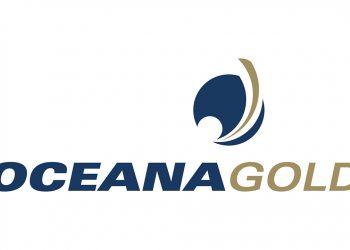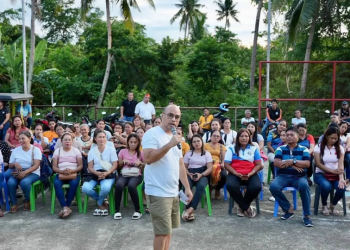The Davao de Oro Provincial Task Force Naboc River is set to relocate the small-scale gold mining operators in Mt. Diwalwal to give way for the river’s rehabilitation plan.
The Department of Environment and Natural Resources (DENR) released an cease and desist order (CDO) on the mineral processing in the Mt. Diwalwal effective March 15 last year.
“The Provincial Naboc River Rehabilitation Masterplan serves as our framework in reviving the river. We need to execute first the CDO as we cannot implement the plan if there is still mercury and cyanide that will flow in the river,” Provincial Environment and Natural Resources Officer Chamberlain J. Babiera was quoted in a BusinessWorld report.
The river will be rehabilitated as processing plants had directly discharged toxic wastes into the river.
“It is not only the miners and residents of Mt. Diwata that are at risk, but also farmers downstream who source water for irrigation of the rice fields… in Compostela,” said Monkayo Mayor Ramil L. Gentugaya.
The government has designated a processing zone in Mabatas, which has a tailings containment facility. In 2003, it was built after former President Gloria Macapagal-Arroyo released an executive order for the transfer of the processing plants.
Davao de Oro Governor Jayvee Tyron L. Uy repeated his commitment to the rehabilitation of the Naboc River. DENR Secretary Roy Cimatu also mentioned that Naboc River Rehabilitation is one of his priority programs last year.
Around 36,328,699 metric tons of gold deposits are in Davao de Oro, which makes it one of biggest gold deposits in the world, according to 1998 report of Mines and Geosciences Bureau (MGB).














